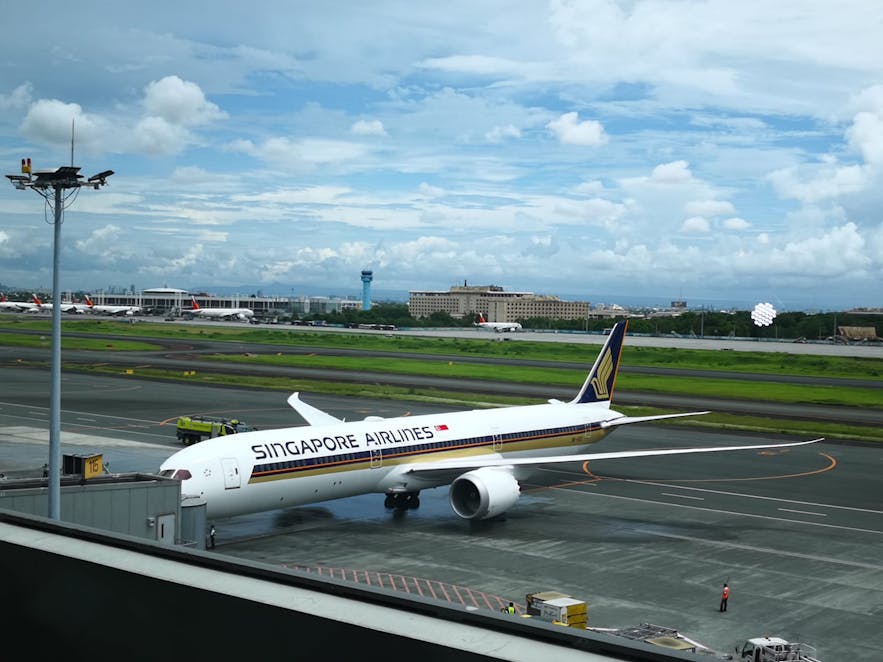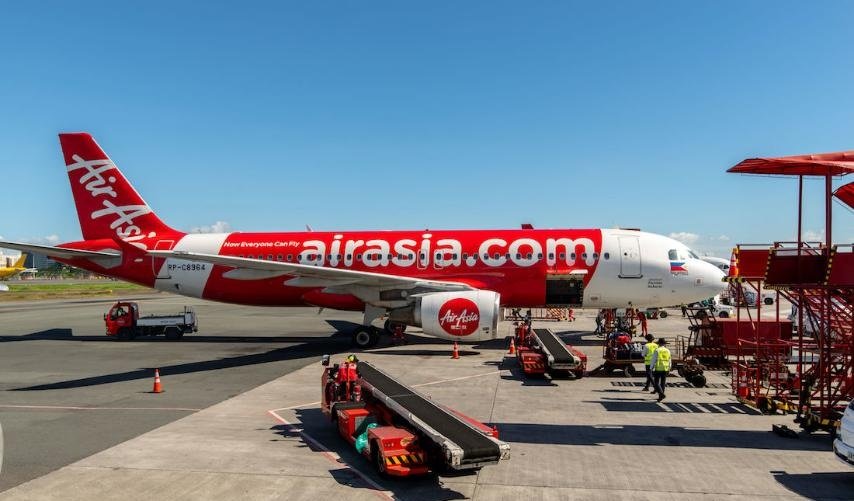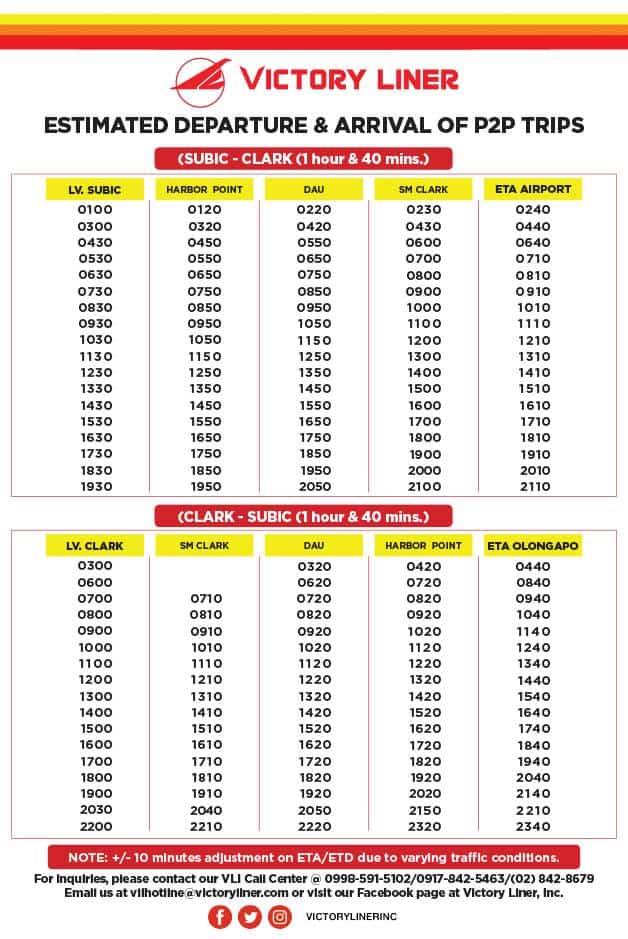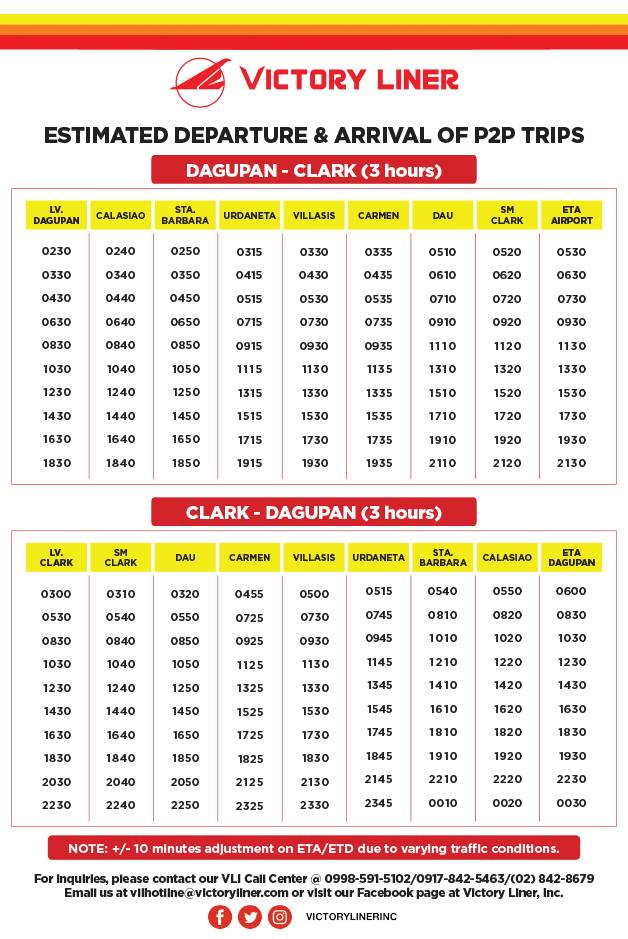
DEPARTURE PROCEDURES & REQUIREMENTS IN THE PHILIPPINE AIRPORT FOR 1st TIME FILIPINO TRAVELERS
Table of Contents

Most of us, if not all, have been held up inside our homes for quite some time now. The COVID-19 pandemic has dramatically influenced outward travel from the Philippines. With travel constraints set up to restrain the additional spread of this virus, foreign travel from the country, whether for leisure, employment, or business, was severely impacted and changed with many travel requirements.
That said, it is understandable how some of us are excited to go out and get back to our travel itineraries, whether locally or abroad, for work or leisure. With this in mind, it is important to know the travel guidelines.
Manila Airports Guide (NAIA): Terminals, Airlines, and Getting Around
When traveling to the Philippines, you will most likely arrive at Ninoy Aquino International Airport. Also widely known as NAIA (pronounced na-ee-ya), this airport caters to the country’s capital region Metro Manila and its surrounding areas, and is usually where most cheap flights to the Philippines land.
It’s located in the southern part of Metro Manila, specifically in Pasay and Parañaque, and may also serve as a hub for travelers looking to go to other places in the Philippines.
NAIA is where most international passengers arrive and where all major airlines have their base of operations. It currently has four terminals, each of which serves specific airlines, which is often the root of confusion for most as well as the many different modes of transportation available.
NAIA Airport Terminals
NAIA has four terminals and they are simply named after their number. Note that they aren’t connected to each other, so best to double-check which terminal you should go to for your flight by checking your ticket.
- TERMINAL 1

NAIA Terminal 1 is where a majority of international flights are serviced. It’s the oldest terminal and accommodates an average of six million passengers a year. Airlines in this terminal are:
Air China, Air Niugini, Asiana Airlines, China Airlines, China Eastern Airlines, China Southern Airlines, Ethiopian Airlines, Etihad Airways, EVA Air, Gulf Air, Japan Airlines, Jeju Air, Jetstar Airways, Jetstar Asia Airways, Korean Air, Kuwait Airways, Malaysia Airlines, Oman Air, Royal Brunei Airlines, Saudia, Scoot, Thai Airways, XiamenAir, and select international Philippine Airlines flights, namely: flights to the Middle East, New York City, Toronto and Vancouver, and arrivals from Los Angeles and San Francisco.
- TERMINAL 2

NAIA Terminal 2 is exclusively used by Philippine Airlines, also known as PAL, and as the country’s national flag carrier.
This terminal caters to the rest of PAL’s international flights not mentioned above and a select number of domestic flights, namely: flights going to Bacolod, Davao, Iloilo, Laoag and Tagbilaran.
The terminal is also known as the Centennial Terminal to commemorate 100 years of Philippine Independence.
- TERMINAL 3

NAIA Terminal 3 is the newest and largest terminal and serves as a hub for international flights as well. It has the capacity to handle 13 million passengers a year and has a footbridge that connects to Newport City, making luxury hotels and entertainment complexes more accessible.
Since it was built to help lessen the congestion in Terminal 1, plenty of international airlines recently made the switch between terminals so keep an eye out for any changes. Currently, the airlines that operate here are:
Cebu Pacific, the rest of Philippine Airlines’ domestic flights not mentioned above, international AirAsia flights, All Nippon Airways, Cathay Pacific, Delta Air Lines, Emirates, KLM, Qantas, Qatar Airways, Singapore Airlines, Turkish Airlines, and United Airlines.
- TERMINAL 4

NAIA Terminal 4 mainly caters to domestic flights. It’s the oldest standing structure at NAIA and is known as the Old Domestic Terminal. Catering to both domestic and regional services, Terminal 4 services the following non-international airlines:
Domestic AirAsia flights, AirSWIFT, Cebgo, SkyJet, and Sky Pasada.
Before You Fly in NAIA: Here's What You Need to Know
Of course, even before you consider traveling, you need to first weigh the (1) urgency and (2) the necessity of your travel. Makakapag-antay ba ang travel goals ko until the situation improves? If I do not attend to this in person, what are the possible repercussions? After you consider things and affirm the need to travel domestically or overseas, you should be guided by the so-called Travel Basics.
We make sure you get things covered for your trip from booking to arrival. So, here are some tips that you need to consider.
1. Flight Changes- Be notified on changes to your flight by providing your mobile number and e-mail address when you book directly via your airlines of choice.
If you purchased a ticket from a travel agency or third-party site, they will inform you on your flight changes.
2. Flight Changes- always check your flight schedule in two ways:
- Via Online app from your airline of choice where you booked your flight/s; or
- Via your airline’s customer service hotline. Once you call them, make sure that you have to be ready with your flight number or some flight details that they may ask you
3. Make sure that your Travel Documents are complete- Visas, permits, and documents required differ depending on your destination. Note that you are responsible for obtaining and holding all required travel documents and visas. Always ensure that you have these documents with you for presentation during your flight.
You must secure the visas, permits, and documents required by your destination or specific country. Make sure to have these documents with you for presentation during your flight.
4. Health Documents (including COVID-19 testing as necessary/ Vaccination certificate) and other travel papers are required when traveling to a destination country. Please make sure to be updated with the specific requirements for your destination country.
5. Valid Passport and ID
- International Travel: Make sure that your passport is at least 6 months valid from your date of travel.
- Domestic Travel: Bring a valid government, school, or company-issued ID. The name indicated on your ticket must be exactly the same name reflected on the ID.
6. Carry-on Baggage- Each passenger is allowed one (1) piece of carry-on baggage with a maximum weight of 7 kg or 15 lbs. Know what should be inside your carry-on bag for a hassle-free trip.
- Reminders:
- Only one (1) piece of liquid in a container not larger than 100mL is allowed.
- You must keep your valuable items (jewelry, money, gadgets, important documents, etc.) with you and not inside your checked baggage.
- Medicines must be handcarried to have immediate access at all times. The amount of medicine should be enough for the duration of your trip.
7. Check-in Baggage- Properly pack your bags within the allowed free baggage allowance of your booking class and declare your items during check-in. For domestic travel without check-in bags, please proceed to the boarding gate with your printed boarding pass and valid ID, 45 minutes before departure time.
8. Online Check-in & Check-in Kiosk- You may also use the Check-In Kiosks at the departures area of NAIA Terminals 2 and 3 if you are traveling from Manila to any of our domestic airports. Make sure to print or save digital copies of your boarding pass. Click Online Check-in of your airline of choice for frequently asked questions.
9. Airport Check-in & Security Checks- Arrive at least three (3) hours before the flight for international travel, and two (2) hours before the flight for domestic travel to allot time for immigration and security checks. Please be at the check-in counter and boarding gates before closing: – Domestic Flight: 45 minutes before departure time – International Flight: one (1) Hour or 60 minutes before departure time (except Quanzhou: closes 45 minutes before departure time) – Boarding Gate:15 minutes before departure time
10. Passengers with Connecting Flights- when traveling internationally, make sure to inform the check-in agents if you have a connecting flight with the airlines of your choice or with their partner airlines. You may request for a check through for all your flights from origin to final destination, and you to drop off your baggage in Transfer Desks instead of the Check-In counter after every flight. Some routes may send your baggage directly to your final destination. Each flight has varying free baggage allowance. Excess baggage fees will apply if your check-in luggage exceeds your baggage allocation in a connecting flight.
11. Required Travel Tax- If you did not include the Travel Tax charge when you purchased your ticket, please pay at the airport. Visit www.tieza.gov.ph for coverage and exemptions.
- Full Travel Tax: PHP1,620.00 Standard
- Reduced Travel Tax: PHP810.00Privileged
- Reduced Travel Tax for dependents of Overseas Filipino Workers (OFWs): PHP300.00
CLARK AIRPORT GUIDE: How to Get There, What to Do Before Flight
How to Get to Clark Airport From Manila
Clark Airport is located two to three hours from Manila. It actually also depends on which part of the city you’re coming from. If you’re not very lucky, traffic can make the travel time even longer. Thus, to be on the safe side, it is adviced to leave Manila six hours before yourflight schedule .
- NAIA TERMINAL 3 to CLARK INTERNATIONAL AIRPORT
The Metro Manila P2P bus is a scheduled bus service that takes passengers through fixed routes. The most prominent route is the direct connection between NAIA and Clark International Airport in Angeles, Pampanga. This is handy for transit passengers connecting flights between the two airports.
You will find the NAIA-Clark P2P bus terminal at the arrival area of Terminal 3. For trips from NAIA to Clark, it only stops at Robinsons Galleria Mall at Ortigas Center before heading directly to Clark International Airport but trips from Clark to NAIA will stop at Terminal 1 and 2 before arriving at Terminal 3.
For more updates on this trip or route schedules, feel free to check the P2P Bus Planner page.
- ROBINSON’S GALLERIA to CLARK INTERNATIONAL AIRPORT
- TRINOMA/ SM NORTH-EDSA to CLARK INTERNATIONAL AIRPORT
How to Get to Clark Airport From Subic, Olongapo and Dagupan, Pangasinan
The distance between Subic Bay and Clark International Airport (CRK) is around 84km (52 miles) and the quickest way to get there is to take a taxi which takes around 1h 5m.
For those who are considering to take the bus from Subic and Dagupan, below are the time tables for each trip.
- FROM SUBIC TO CLARK INTERNATIONAL AIRPORT

- FROM DAGUPAN, PANGASINAN to CLARK INTERNATIONAL AIRPORT

Before you Fly in Clark Airport: What To Do Before an International Flight
If you’ve flown to a foreign destination before from NAIA, then you won’t have any problem going through the check-in process at Clark International Airport. It’s almost exactly the same. If anything, it’s much easier because the counters lie close to one another.
- Check in. Present your passport to the check-in agent and drop your bags for check in. The agent will give you your boarding pass.
- Pay the travel tax and terminal fee. Travel tax is P1,620 per person for economy class. Terminal fee is P600 per person. They will give you a receipt.
- Get a Departure Card. Accomplish one copy per person. You will need the exact address of your hotel here.
- Proceed to Immigration counters. Line up and clear Immigration check.
- Final security check. Remove all gadgets and metal items (including belts and coins) from your body. Remove your shoes, too.
After the final security check, head to the Pre-Departure Area. Check your boarding pass to see what gate you should go to. All you need to do now is wait for the boarding call.
ADDITIONAL TIP: There is a Foreign Exchange (FOREX) Counter at the Check-in Hall. If you want to exchange currencies before your flight, do so before approaching the Immigration Booth. (There’s no turning back once you made it through.)
Who Are Eligible for International Travel?
Even though the majority of the world continues to struggle with the global health crisis, it is important that you know the existing procedures and protocols that are in effect, especially if you plan to work abroad or travel overseas for business and other important matters.
The following individuals are allowed to travel to any part of the world through the airports or seaports in the Philippines, as long as they follow the country’s travel requirements and regular regulations of the government unit.
Requirements:
- Philippine passport
- Valid work visa and contract
- Overseas Employment Certificate (OEC)
- Pre-Departure Orienation Seminar Certificate (PDOS)
- Seafarer’s Identification and Record book (for seaman)
- Departure Card
- Required travel and health documents as specified by destination
- Bureau of Immigration (BOI) Travel Declaration form acknowledging the risks of travelling. To download a copy of the BOI Declaration form, click this link.
- All international travelers must show proof of their COVID-19 vaccination. This includes proof of their immunization.
- For international travelers, a certificate of Vaccination is required. This document can be obtained from the Bureau of Quarantine. For more information, you can contact their hotline (BOQ) at +63 2 5318-7500 loc. 121.
To get a digital proof of vaccination, travelers must log in to the VaxCertPH portal and provide their vaccination certificate. Fully vaccinated tourists/travelers can get their certificate of vaccination.
Requirements:
- Philippine passport
- Valid visa
- Commission on Filipino Overseas (CFO) Certificate (for first-time travelers)
- Departure card- this can be filled out at a kiosk in the airport before going to the Border Immigration
- Required travel and health documents as specified by destination
- Bureau of Immigration (BOI) Travel Declaration form acknowledging the risks of travelling. To download a copy of the BOI Declaration form, click this link.
- All international travelers must show proof of their COVID-19 vaccination. This includes proof of their immunization.
- For international travelers, a certificate of Vaccination is required. This document can be obtained from the Bureau of Quarantine. For more information, you can contact their hotline (BOQ) at +63 2 5318-7500 loc. 121.
To get a digital proof of vaccination, travelers must log in to the VaxCertPH portal and provide their vaccination certificate. Fully vaccinated tourists/travelers can get their certificate of vaccination.
Requirements:
- Philippine passport
- Supporting documents and medical/health requirements (required by the destination country)
- Travel and health insuranceto cover travel disruptions and hospitalizations in-case of COVID-19 infections during the allowable period of stay abroad.
For travelers who’s destination is within the Schengen Area, I highly recommend Pioneer Insurance which you can avail yourself through me. Feel free to directly inquire through JASTravel on Facebook and I would be very glad to assist you. - Bureau of Immigration (BOI) Travel Declaration form acknowledging the risks of travelling. To download a copy of the BOI Declaration form, click this link.
- All international travelers must show proof of their COVID-19 vaccination. This includes proof of their immunization.
- For international travelers, a certificate of Vaccination is required. This document can be obtained from the Bureau of Quarantine. For more information, you can contact their hotline (BOQ) at +63 2 5318-7500 loc. 121.
To get a digital proof of vaccination, travelers must log in to the VaxCertPH portal and provide their vaccination certificate. Fully vaccinated tourists/travelers can get their certificate of vaccination.
Requirements:
Visa holders who live in another country are subject to the laws of that country and are authorized to live there.
- Foreign Nationals- individuals with passport other than that of the Philippine Passport
Travelling Abroad for the First Time?

Travelling outside the Philippines for the first time can be super exciting and nerve wrecking. So here’s a quick guide on how you can ace travelling alone internationally. I created a separate post for it.